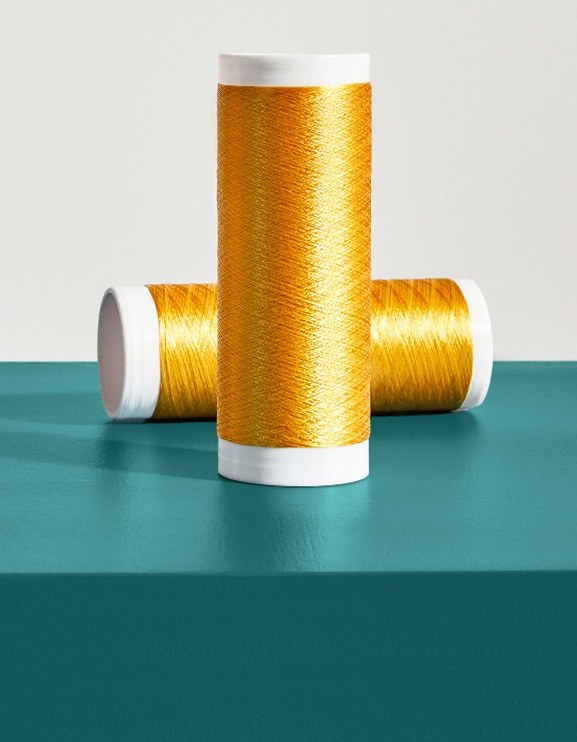Fabric technology is always evolving. Textile innovation is constantly on the cusp of something new, as scientists and researchers explore new materials and manufacturing techniques to revolutionise the fabrics we use..
From sustainable alternatives to synthetic fibres to cutting-edge technologies that enhance functionality, the world of fabric is undergoing an exciting transformation.
Giving plastic new life
The world is currently grappling with the mounting problem of plastic waste. But recently scientists have been developing innovative ways to recycle and repurpose plastic bottles into textile fibres, including converting post-consumer plastic bottles into polyester fibres.
This has created a sustainable alternative to traditional polyester, which relies heavily on petroleum-based raw materials.
Spider silk: nature’s miraculous fibre
Spider silk is renowned for its exceptional strength, flexibility, and ability to biodegrade. Recent advancements in biotechnology have made it possible to produce spider silk, or micro silk, artificially by genetically engineering bacteria and yeast to produce the silk proteins.
The remarkable material is a promising candidate for athletic wear and medical textiles due to its extraordinary strength-to-weight ratio, biodegradability, and elasticity. Welcome to the future!
Nature’s fungal marvel
Mushrooms, known for their rapid growth and versatility, have found their way into the world of fabric innovation. Researchers are harnessing the mycelium, the vegetative part of the mushroom, to create biodegradable and compostable textiles.
By cultivating mycelium on agricultural waste, a process known as mycotextiles, scientists can produce soft and durable materials that can replace traditional leather or synthetic textiles.
3D printing and ‘smart’ fabrics
We should also mention that advancements in manufacturing processes are also pushing the boundaries of fabric technology.
3D printing allows for precise customisation and intricate designs, which is revolutionising the production of textiles. The technology enables the creation of complex structures and patterns that were previously unattainable with traditional manufacturing techniques.
Also, the integration of smart textiles, equipped with sensors and electronics, is revolutionising the concept of wearable technology. The fabrics can help monitor vital signs, adjust temperature, or even display visual information, unlocking new possibilities in areas such as healthcare, sports, and fashion. What a brand new world we’re living in.

Driving innovation
As science continues to drive innovation in fabric technology, the possibilities for sustainable and high-performance textiles are expanding at an unprecedented pace. We’re on the cusp of incredible things, all thanks to science and technology.




